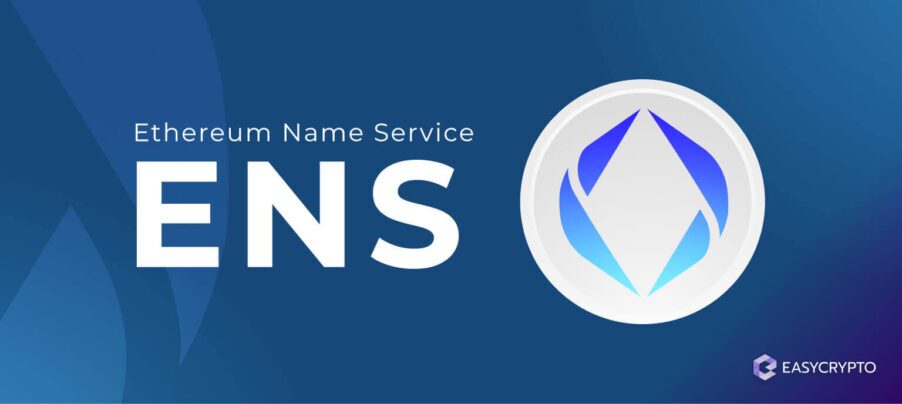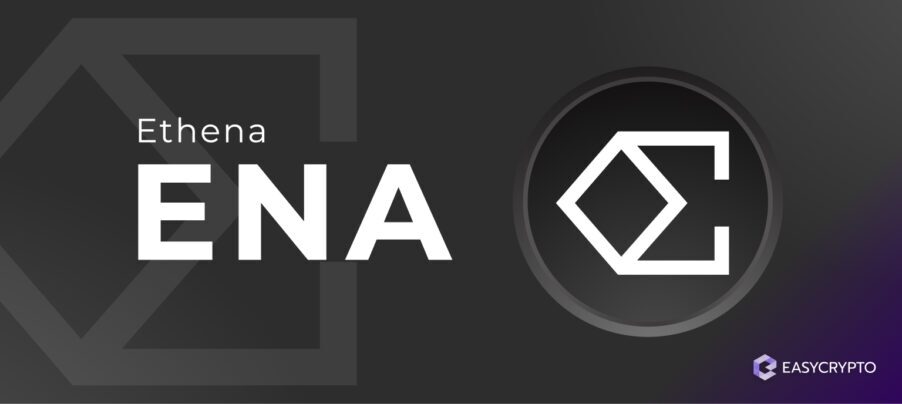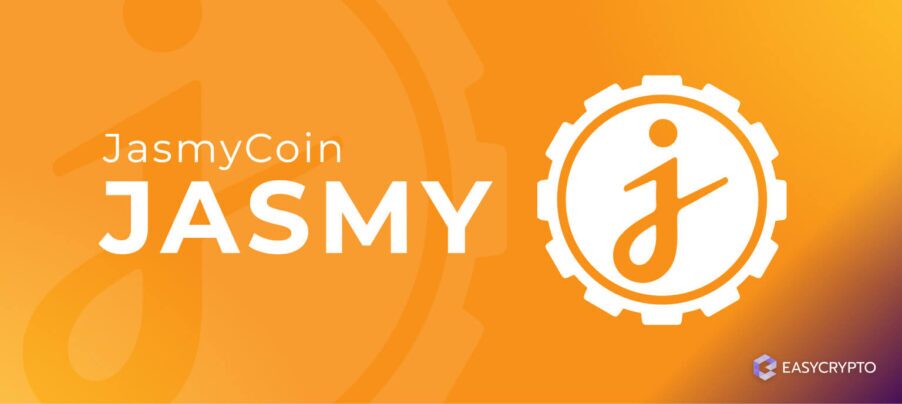What is Algorand (ALGO)?
Algorand, a proof-of-stake borderless payment protocol is fast, decentralised, and secure. What is Algorand (ALGO)? Learn more.
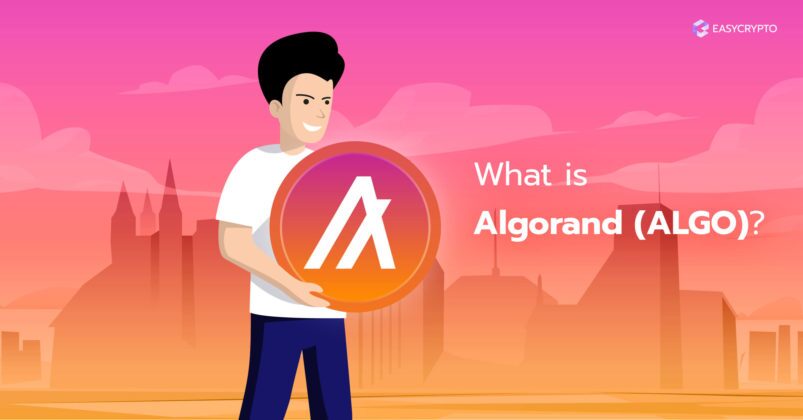

Algorand is a decentralised peer-to-peer network that is powered by blockchain technology. It focuses primarily on financial applications for businesses and decentralised finance (DeFi).
This is why it needs to be fast and scaleable, using a unique technological approach to achieve 1000 transactions per second (tps) and a finality of 5 seconds.
Algorand is a relatively new player in the crypto space, having been launched in June 2019. Even so, it has garnered the attention of corporations and universities worldwide. How did this new blockchain quickly advance? Continue reading below to find out.
Key takeaways
- Algorand is a blockchain platform designed to provide fast and efficient processing for payments, similar to financial systems like VISA and Mastercard.
- The native crypto ALGO, is used to secure the blockchain and also fund the processing fees for Algorand-based transactions.
- Algorand was founded by MIT Professor and respected cryptographer Silvio Micali in 2017.
Learn more: What is Blockchain Technology?
What is the Algorand Protocol?
On the surface, the Algorand Protocol looks just like any other blockchain with the goal of improving upon Ethereum. From the launch of the main network, Algorand Protocol uses a unique variant of the Proof of Stake consensus protocol.
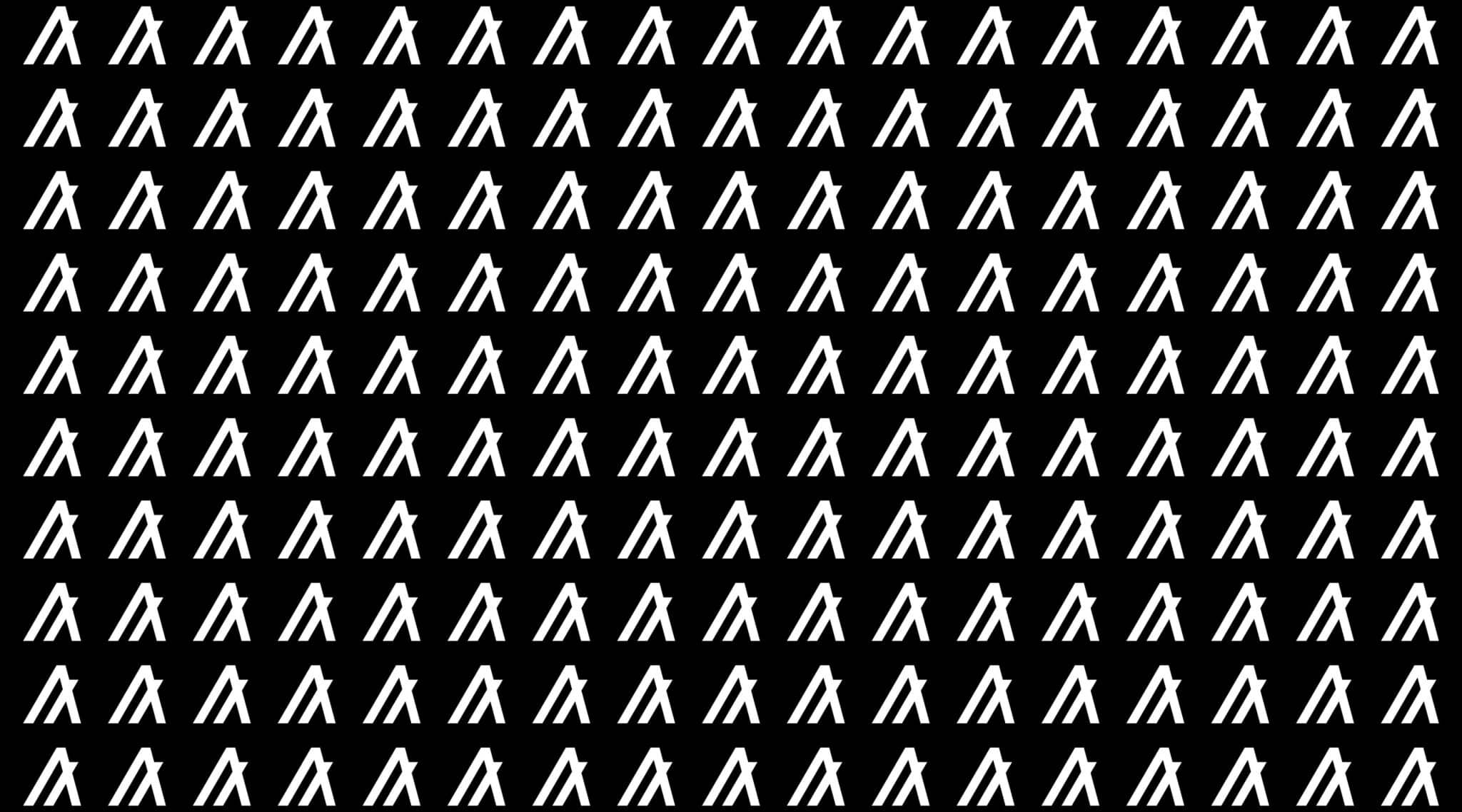
Proof of Stake (PoS) can ensure speed, scalability, efficient energy use, and greater decentralisation. Indeed, the PoS consensus protocol is used by the likes of Cardano, Zilliqa, Tezos, EOS, and many more.
Read more: What is Proof of Stake and how does it work?
What makes the Algorand Protocol unique is that it uses the Pure Proof of Stake (PPoS) variant. With the additional benefits that the typical PoS consensus protocol offers, PPoS adds to the blockchain the resistance against forking, which is an additional source of inefficiency, according to Algorand’s developers.
In a similar vein to Cardano, Algorand uses a two-layer structure to increase bandwidth. However, unlike Cardano, both layers can be used for computation and settlement, albeit one layer supports more complex processes than the other.
Algorand was first conceived and developed by MIT professor and Turing Award-winning computer scientist Silvio Micali.
What is ALGO coin?
Just like any blockchain system, Algorand has its own native cryptocurrency ALGO that is used for making transactions, paying for network fees to deploy applications, and possibly governance in the future.
Additionally, the ALGO coin plays a crucial role in running and securing the network through an activity called staking — more on this in detail below.
ALGO coins are distributed in a manner that is unique, and arguably more democratic compared to other blockchains. To gain some understanding, take an example from the networks Bitcoin and Cardano and how they distribute their native currencies.
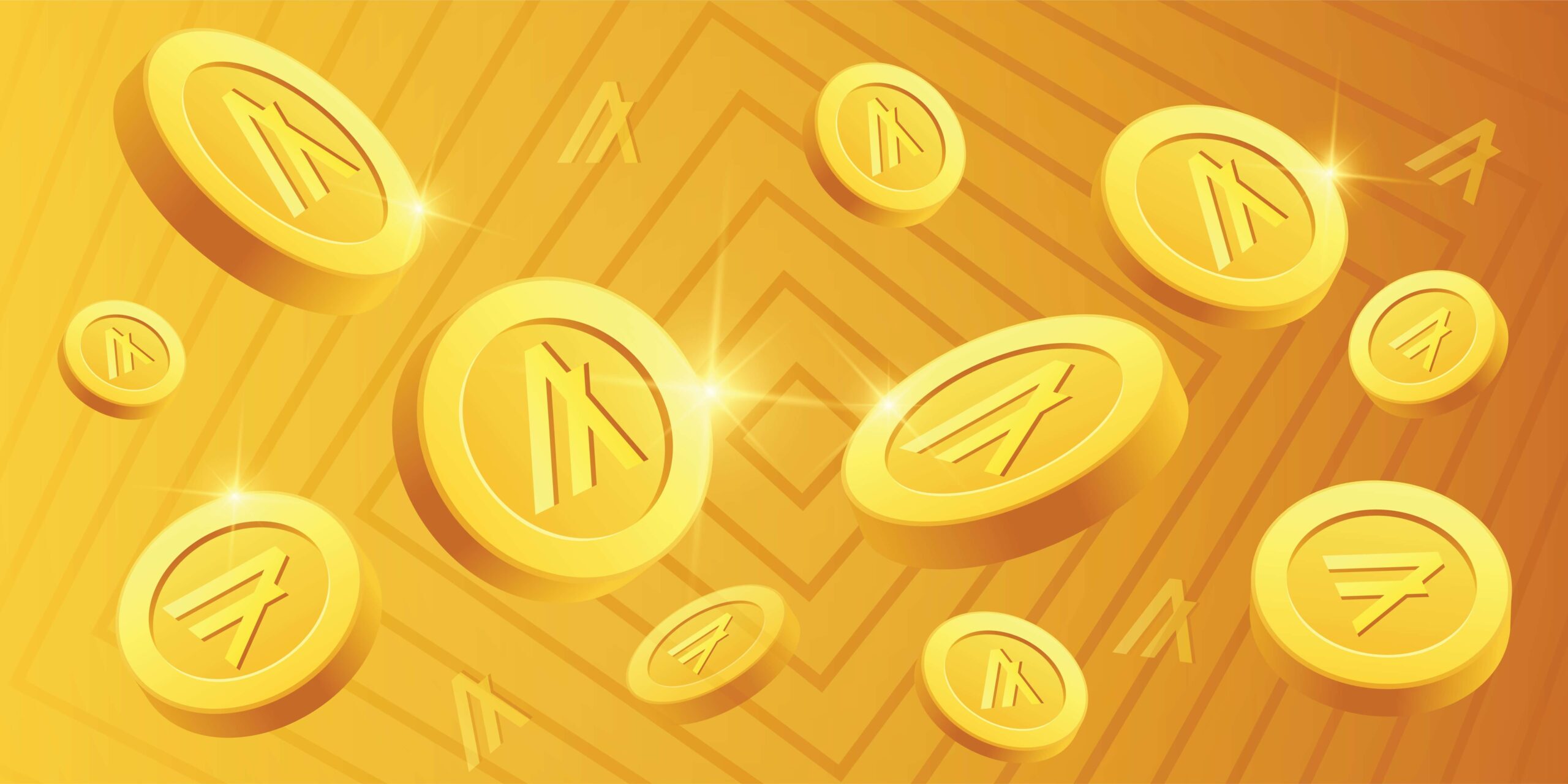
In the Bitcoin network, miners (network validators) compete against one another to be the first to dictate the current state of the network, by adding a new block of data to the blockchain. New Bitcoins to be issued and rewarded to the leading miner.
In Cardano, block leaders are chosen at random, with increased chances given to those with a greater amount of Ada deposited in the staking wallet. If a block leader is chosen, the block reward is issued to the block leader.
However, in Algorand, the block reward is distributed not just to the block leader, but also to anyone who holds ALGO in their wallet. A combined amount of block reward over the course of a year will give each ALGO holder about 5-6% more coins. This number will steadily decrease as the block reward rate is fixed.
A good thing about this system is that ALGO holders should not be concerned about inflation. The block reward is distributed proportionally among all ALGO holders. This means that even if there are more ALGO coins in circulation, ALGO holders still own the same percentage of share in the Algorand economy.
The problems that Algorand is trying to solve
In order for businesses to confidently adopt a blockchain network, network efficiency must be considered.
Transaction speed
Although Bitcoin has been proven to be a robust network that has never been hacked, it suffers greatly from excessive use of energy to validate and bundle transactions. This occurs to Bitcoin even if the network is only capable of making direct peer-to-peer cash transactions.

Ethereum founders have created a relatively less energy-intensive network that is capable of doing so much more than simple transactions.
However, its popularity quickly leads to the network becoming congested, and users have to pay high transaction fees to receive priority for processing their actions on the network.
Proof of Stake is becoming a more popular consensus protocol to reduce network fees and energy use, which is why Ethereum is slowly upgrading itself to adopt Proof of Stake in the upcoming Ethereum 2.0.
Decentralisation
Although anyone can become a network validator in the Bitcoin and Ethereum network, the barrier of entry is so much greater than in Algorand.
A miner has to purchase an ASIC machine in order to successfully earn block rewards in the former networks. This could cost thousands of US dollars to implement.

In contrast, Algorand’s Proof of Stake protocol requires a minimum of 1 ALGO in order to perform staking and become a block leader candidate — also known as Participation Node.
Of course, most Participation Nodes will deposit as much as possible into their staking wallet to increase their chances of becoming a block leader.
However, the incredibly low barrier of entry for becoming a block leader meant that there is far greater probability for decentralisation. Since the focus isn’t on earning block rewards (it’s distributed democratically, after all), an “ordinary person” could run a Participation Node for the pure good of all.
Security
Decentralisation doesn’t always translate to security. Security in the network means having the integrity to prevent malicious actors from manipulating the order of transactions to create a double-spend or other systematic errors in the network.
The Algorand Protocol secretly elects a Participation Node as a block leader and a few other Participation Nodes in a committee.
This secret election means that the owner of a Participation Node will have no knowledge that the node has been elected, and will only know after the new block has been created.

The block leader proposes the content of the next block by bundling together some transactions. The committee checks whether the block contains malicious or conflicting transactions that should not be processed further. If the block is deemed safe, the new block is the final and official update of the network state.
In other networks, particularly Bitcoin, forking can occur when conflicting transactions are proposed. Each split in the blockchain will display instances where either one of the conflicting transactions occurs. The validator nodes will then have to choose which fork should be considered as the official one.
In Bitcoin’s case, a transaction is considered final after 6 blocks, to anticipate a fork that can disrupt the transaction finality. This will take around 1 hour, and is ridiculously slow for most cash transactions.
Fortunately, this does not occur in Algorand as the transaction reaches finality in 5 seconds or less.
Related: What is Proof of Work? A Closer Look.
What does the future hold for Algorand?
The non-profit Algorand Foundation oversees the continuous development and marketing of Algorand Protocol. While many blockchain companies or foundations focus on creating the best technology yet, they could somewhat lack the capacity to market their product.
Marketing is important to compete in the crypto space, as there are many competitors. The Algorand Foundation supports developer education by hosting many events, certifications, classes, and even hackathons, in universities such as MIT, University of California, and Berkeley.
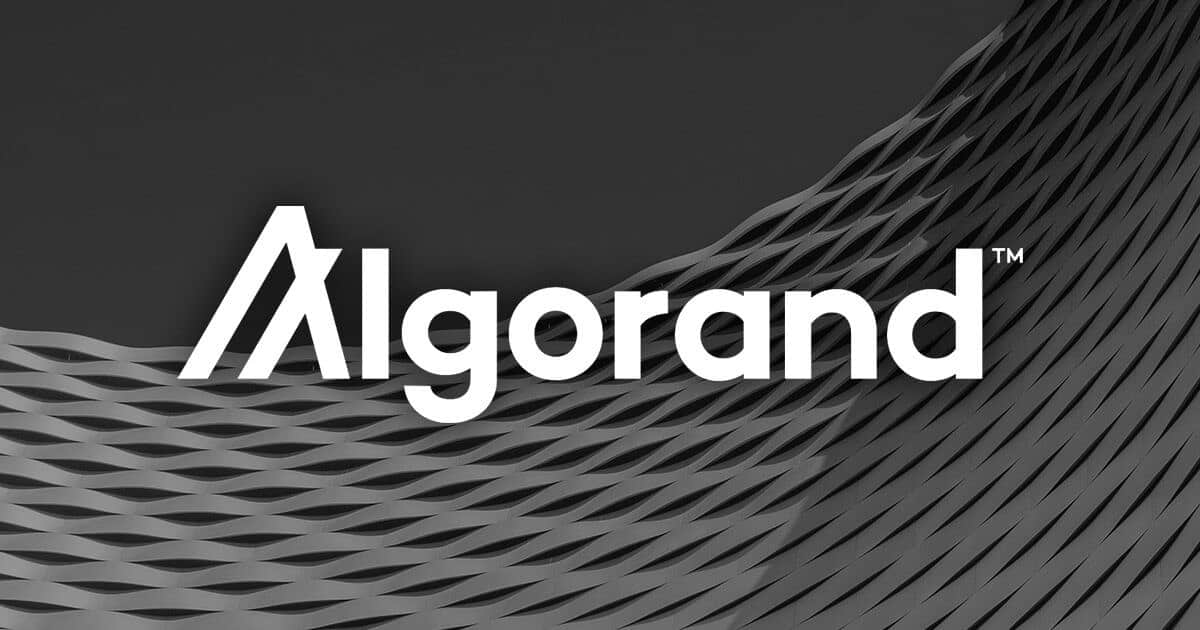
Furthermore, the foundation established the Algorand Asia Accelerator and Algorand Europe Accelerator, with the focus on assisting developers and corporations that are interested in building on Algorand.
From the start, Algorand aims to be business-ready. In the words of Jamie Goldstein from Pillar Venture Capital, one of Algorand’s investors, “Algorand is a company uniquely approaching the blockchain and cryptocurrency space from both a technology and business perspective.”
Even throughout the crypto market drawdown, investors are still keen on taking part in Algorand’s growth. In addition to businesses, Algorand aims to collaborate with whole nations, in sectors such as healthcare and government-issued digital currencies.
Dive deeper: Get to know Algorand’s complete ecosystem on their official website.
How to Buy Algorand (ALGO)
Algorand is the blockchain for the future of finance. Even as a decentralised protocol, it is not afraid to collaborate with governments and corporations if that is what it takes to make ALGO more lucrative to investors.
With a fair and democratic currency issuance, coupled with advanced technology and strategic marketing, Algorand may prove to be one of Ethereum’s greatest successors in the coming years.
With that said, ALGO would make a solid addition to anyone’s crypto portfolio. Those interested in investing in ALGO can do so by placing an order with us at Easy Crypto.

Invest in Algorand: Buy ALGO with Easy Crypto.
Algorand (ALGO) is just one of over 160+ cryptocurrencies that we provide here at Easy Crypto. Our collection of crypto assets include:
- Stablecoins
- NFT Tokens
- Metaverse Tokens
- DEX (Decentralised Exchanges)
- DeFi (Decentralised Finance)
- And many more.
Check the rates: Use the crypto converter tool to view the latest rates for ALGO.

Pro tip: you can preview the conversion rates for Algorand (ALGO) or any other crypto in our collection by going to our complete list of crypto assets.
Check our video guide below on how to buy cryptocurrency with Easy Crypto!
Read more on our learning hub to deepen your knowledge about cryptocurrencies with our library of crypto topics!
Share to
Stay curious and informed
Your info will be handled according to our Privacy Policy.
Make sure to follow our Twitter, Instagram, and YouTube channel to stay up-to-date with Easy Crypto!
Also, don’t forget to subscribe to our monthly newsletter to have the latest crypto insights, news, and updates delivered to our inbox.
Disclaimer: Information is current as at the date of publication. This is general information only and is not intended to be advice. Crypto is volatile, carries risk and the value can go up and down. Past performance is not an indicator of future returns. Please do your own research.
Last updated October 10, 2024



